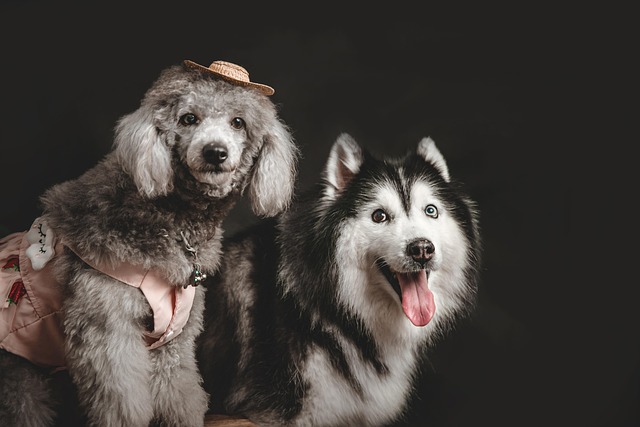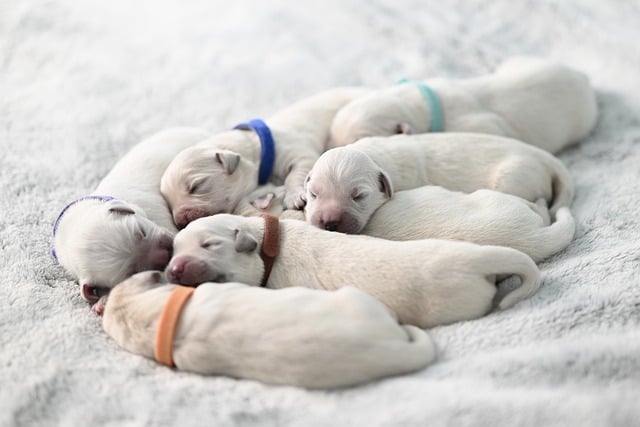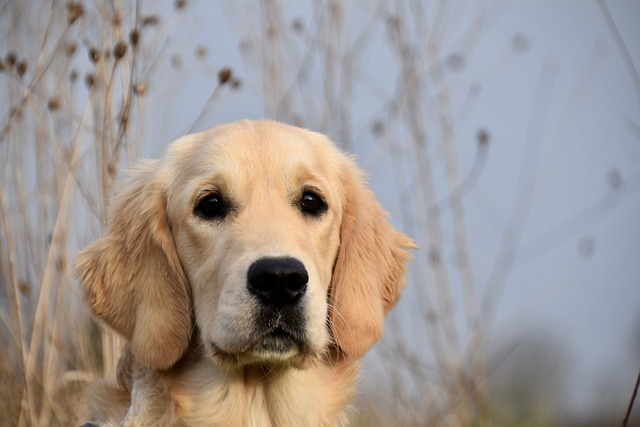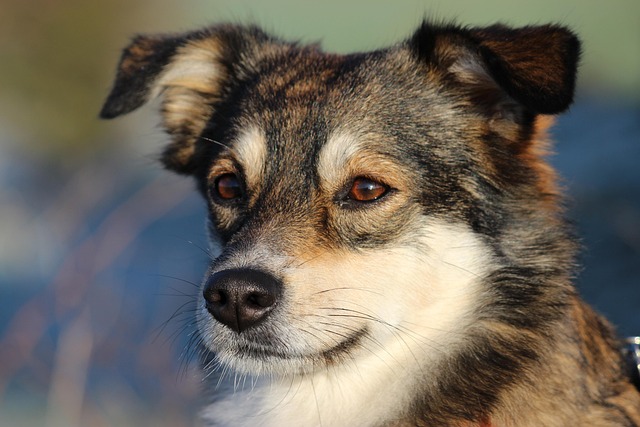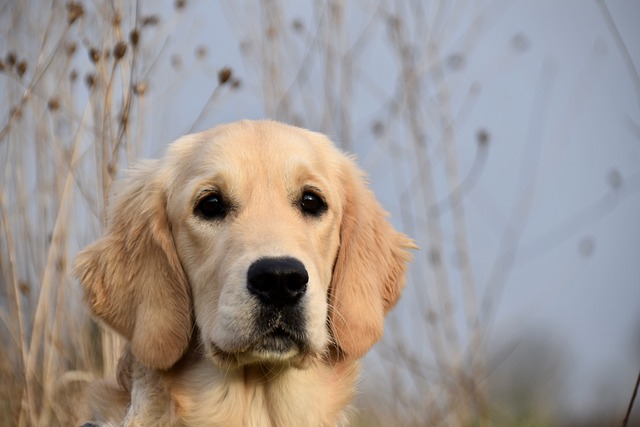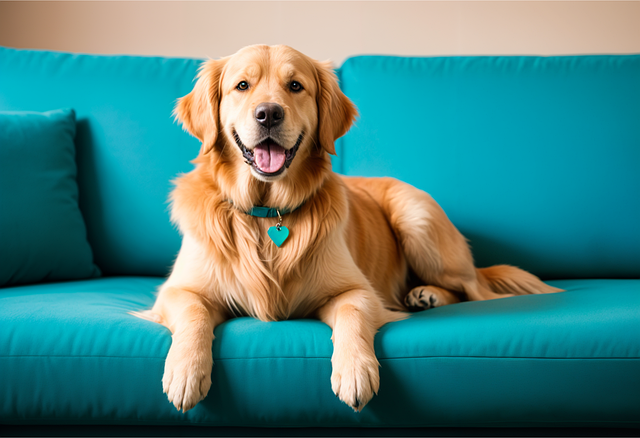I’ll open with a scenario every new U.S. dog parent faces in harsh weather: You’re trudging back to your Chicago apartment after a winter walk with your 7-month-old Beagle mix. He’s been limping for two blocks, and when you kneel to check his paws, you find they’re rough, cracked, and dry—like old leather. Panicked, you think: How do I moisturize a dog's paw without using something that’ll hurt him, or that he’ll lick off immediately? This worry is universal, but moisturizing your pup’s paws is simpler than it seems—you just need safe products, gentle steps, and a little patience.
The science behind dry paws is straightforward: A dog’s paw pads have a thin, tough outer layer (keratin) that protects sensitive inner tissue, but they don’t produce much natural oil. Harsh elements—winter salt, summer pavement, even dry indoor heat—strip away what little oil they have, leaving pads dry and prone to cracking. My Austin vet, who sees dozens of dry-paw cases yearly, explains: “Moisturizing isn’t just about softening paws—it’s about repairing that protective layer. Without it, your dog can get infections or avoid walking altogether.” Unlike human hands, dog paws are constantly in contact with rough surfaces, so they need regular hydration to stay healthy.
Let’s break down the step-by-step process with real stories from other owners. First, clean paws first: Always wipe paws with a damp cloth (or pet-safe wipe) after walks to remove salt, dirt, or chemicals—these irritants make dryness worse. My Denver neighbor skipped this with her Husky, and his moisturizer just trapped dirt, leading to more itching. Second, choose safe, dog-friendly moisturizers: Unrefined olive oil or coconut oil works best—they’re non-toxic if licked and packed with fatty acids that heal dry skin. Warm a small spoonful between your hands (cold oil shocks sensitive paws!) and massage gently into each pad, focusing on cracked areas. I did this for my Beagle mix nightly; his paws were smooth in 3 days. For pups who lick excessively, put on soft, breathable paw socks (use positive reinforcement—give a tiny treat when they let you dress their paws!) to let the moisture sink in. Third, avoid harmful products: Skip human lotions (they have fragrances that irritate dog skin) or essential oils (most are toxic if ingested). My LA friend made this mistake with her Chihuahua—he licked lavender lotion off his paws and got an upset stomach.
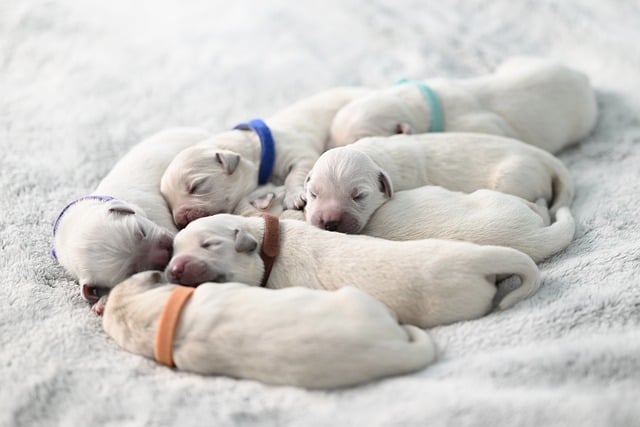
This ties directly to U.S. pet culture and rules. First, paw care is part of responsible ownership: Keep your dog’s rabies vaccine records handy (required in every state, and apartments demand proof) and always carry poop bags on walks (fines hit $300 in NYC for skipping this). A dog with healthy paws is more likely to walk calmly, making potty breaks easier. For apartments, set up a “paw station” by the door: a towel, moisturizer, and treats—this turns care into a quick, consistent routine (no more chasing your pup around the living room to moisturize!). Community etiquette matters too: Avoid walking on hot pavement during midday (test it with your hand—if it’s too hot for you, it’s too hot for them!) and stick to shaded paths. Never punish your dog if they resist paw care—they might be sore, so go slow and reward cooperation with treats instead of scolding.
Watch for small wins: Your dog no longer limps, lets you touch their paws without pulling away, or trots confidently on walks. Moisturizing a dog's paw isn’t about perfection—it’s about showing your pup you care. With simple, safe steps, you’ll turn dry, painful paws into happy, healthy ones. That’s the comfort every new dog parent needs.
